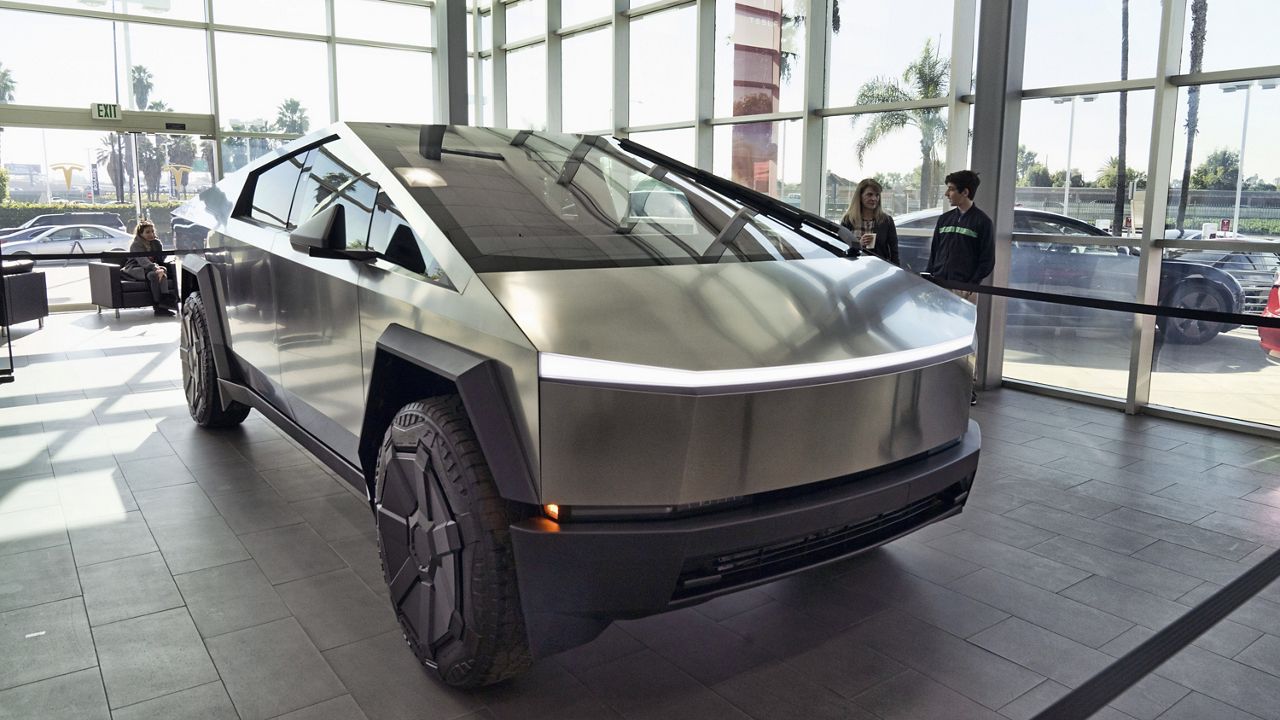POMONA, Calif. — Artificial intelligence could help catch wildfires sooner.
It’s far from a wildfire, but the small flame of a candle could help catch something much bigger. California State Polytechnic University, Pomona students rigged a special setup to train the artificial intelligence they developed called Bronco Ember. The AI uses an infrared camera to decide if something is burning from afar.
"Our generation really does want to tackle the big problems in the world,' said Michael Pham, a student researcher.
They’ll send this technology way up high so it can monitor a huge chunk of earth, which really gets back to the dream Pham had when he helped found the Bronco Space Club: to put a small satellite into orbit.
“We were all sitting in my kitchen here in the dorms and at the time we honestly very naively were just like ‘well no one’s done a space mission at Cal Poly Pomona yet, so why don’t we?’” Pham said.
They began in garages, working on a different project that would pave the way for Bronco Ember. Until one day, when they had to grab what they could and run because of a nearby wildfire.
They soon found space on campus and got to work on a proposal to launch technology that could find and report the beginnings of a wildfire all on its own.
Their idea won the NASA Tech Leap Challenge and with the prize money, they moved into a larger space and started building.
Student and electrical lead Tyler Boardman works on the circuitry.
“There’s a little bit of patience required for coding and designing electronics, but … once you get into the mode of it, it kind of flows really easily,” Boardman said.
They’ve run test flights as they prepare to present for NASA this summer.
To finish in time, Pham chose to tack on a fifth year to graduate.
The Bronco Ember satellite must be complete by June 2022.
CORRECTION: This story has been updated to refer to Michael Pham as a student researcher. (April 15, 2022)











